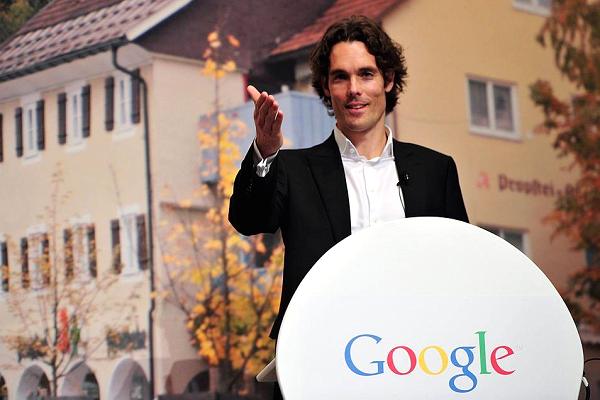<!– –>
Marketing Media Money

Google is to hire significant numbers of staff and develop new artificial intelligence (AI) tools to improve its ability to review “questionable content” after a clash saw major brands including Marks and Spencer and HSBC withdraw advertising from its video sharing site YouTube.
The technology giant also announced that it will create a new “escalation path” which will make it quicker and easier for advertising partners who host through Google and YouTube to raise issues.
“We know advertisers don’t want their ads next to content that doesn’t align with their values. So starting today, we’re taking a tougher stance on hateful, offensive and derogatory content,” Google’s chief business officer Philipp Schindler wrote in a blog post Tuesday.
“We’ll be hiring significant numbers of people and developing new tools powered by our latest advancements in AI and machine learning to increase our capacity to review questionable content for advertising.
“In cases where advertisers find their ads were served where they shouldn’t have been, we plan to offer a new escalation path to make it easier for them to raise issues. In addition, we’ll soon be able to resolve these cases in less than a few hours.”
The new measures come as part of an “extensive review” following complaints from advertisers that their brands were appearing next to extremist content.
These include three new controls for advertisers, which will be introduced in the coming days and months to make it easier for brands to manage where their ads appear across YouTube and the web.
- Safer default for brands – higher default levels will exclude potentially offensive content. Brands will be able to broaden this out at their will.
- Simplified management of exclusions – new account-level controls will enable advertisers to exclude specific sites and channels from their campaigns.
- More fine-tuned controls – additional controls will make it easier for brands to exclude higher risk content and select where their ads appear.
As well as reviewing how advertising can be better aligned with YouTube content, Google will also be undertaking a wider review of what content is allowed on the platform more generally, Schindler said.
“We believe the combination of these new policies and controls will significantly strengthen our ability to help advertisers reach audiences at scale, while respecting their values. We will continue to act swiftly to put these new policies and processes in place across our ad network and YouTube.”
However, Schindler added that the web has opened a new door for advertisers and pledged to maintain the value it currently offers.
“We also intend to act carefully, preserving the value we currently provide to advertisers, publishers and creators of all sizes.”
Article source: http://www.cnbc.com/2017/03/21/google-embarks-on-hiring-spree-to-tackle-ad-clash-with-extremist-content.html
